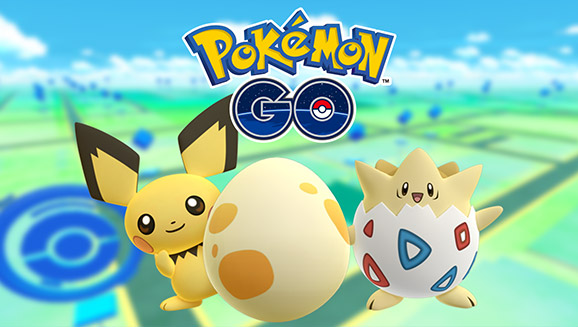The trend now is for people to go back to their daily lives of walking without switching the app on.
By Athena Wang
Pokémon Go has given many an excuse to head out more. Family excursions, date nights and outings seem to be centred around Marina Bay, Changi Village, and of course, the legendary Block 401 at Hougang Avenue 10.The Singapore Police Force has noticeably stepped up its patrol at these areas, while businesses at Pokémon Go hotspots are leveraging on its popularity. Online reviews of Changi Village Hotel have had receptionists asking if the purpose of your stay was to play Pokémon Go, and if so, they will assign a seaview room conducive to catching Pokémon critters.

Developed by Niantic, Pokémon GO was released in Singapore on 6 August 2016 by The Pokémon Company, a month after its launch in the United States. The game scatters virtual pocket monsters—Pokémon—at map locations in the real world. Much like geo-caching, players have to physically reach the location, as confirmed by their phone’s GPS, to collect the critters in the game. Moreover, Pokémon will only pop up on the game’s map when the player gets close to them, making the players walk around and explore the area to find them.
Pokémon GO drains attention heavily, according to Paul Tassi, Forbes contributor on video games, technology, and the Internet. “Because the game essentially forces you to keep the app open and check it constantly, you are really not paying attention to where you are much of the time. Add in headphones, and the game can feel downright dangerous because of how much it engrosses you,” he wrote for Forbes.
Reports have been coming from all over the world of people getting injured, fighting and even causing death to others or themselves while playing.
The first Pokémon fatality occurred in July at Guatemalan where a teenager was shot breaking into a house while playing the game. A cyclist was hit by a car driver who was distracted with charging his phone battery that had run out from playing Pokémon Go. Closer to home, a fight broke out between a driver and a pedestrian who was playing Pokémon Go while crossing the car park entrance at Plaza Singapura. Both men were arrested.
Because of these incidents, Pokémon Go has upgraded its app to detect the speed at which the gamer is travelling. Above 25km/h, Pokémon Go will issue an alert to not play while driving. However, this can be easily overcome by a persistent gamer by clicking “I’m a Passenger”

It is said that the Pokémon Company’s next step will be to release the game in China or India. However, the game is expected to have a lukewarm reception as players from the rest of the world continue to stop playing it.
Meanwhile, with Pokémon GO’s delayed launch in China because of its Google-related restrictions, the Chinese has launched City Monster Go (????Go), which features characters that look similar to Pokémon Go’s Pikachu.
That said, the Pokémon fad seems to be waning, in spite of Niantic’s update that allows Pokémon Trainers to walk their Pokémon. Also, fewer lures than before were put at Pokéstops around lunch spots in the Central Business District.
“Yes, I am playing Pokémon Go. It was fun for the first few weeks, but now [it’s dying] off. My friends are not crazy over it now either,” said Si Xian, a student at Temasek Polytechnic.
Because the essence of the game is to “Catch ‘em all”, it can be tedious to go around Singapore and the rest of the world to catch every single Pokémon critter that Niantic has released. This lack of instant gratification has led players to lose interest in it. The trend now is for people to go back to their daily lives of walking without switching the app on.
















